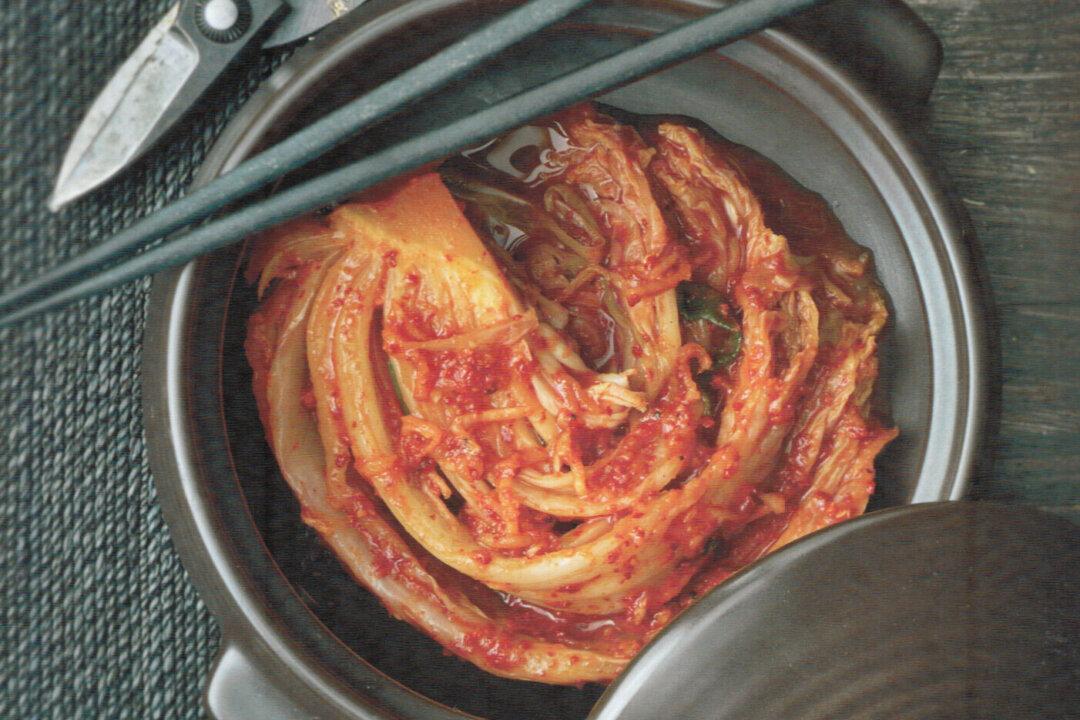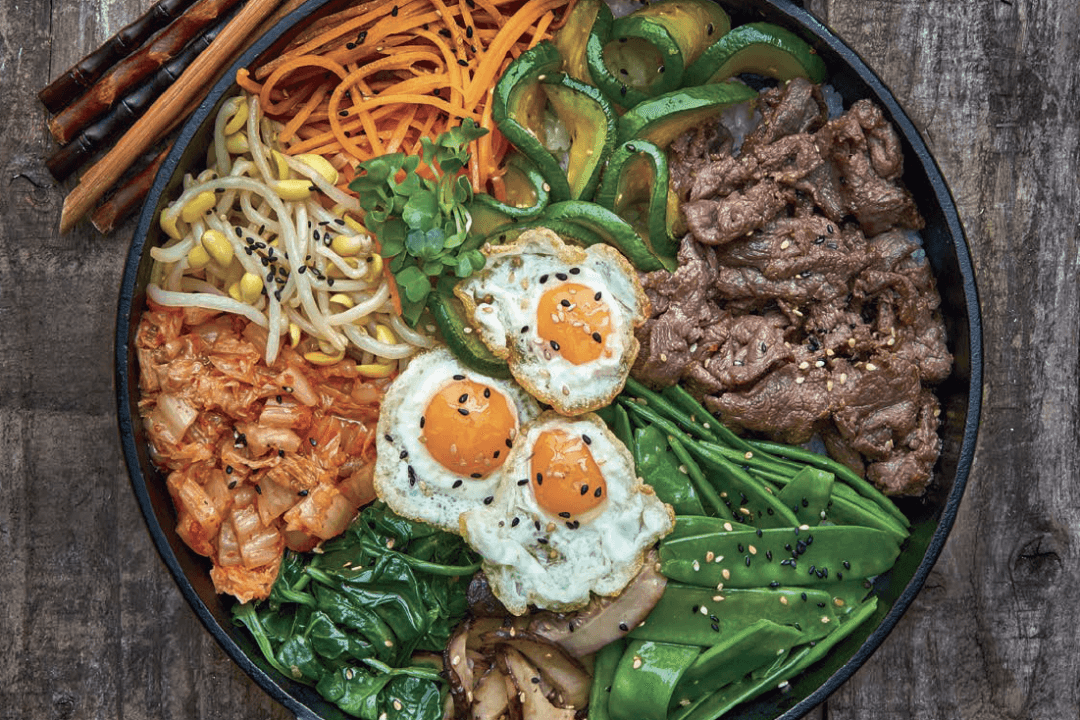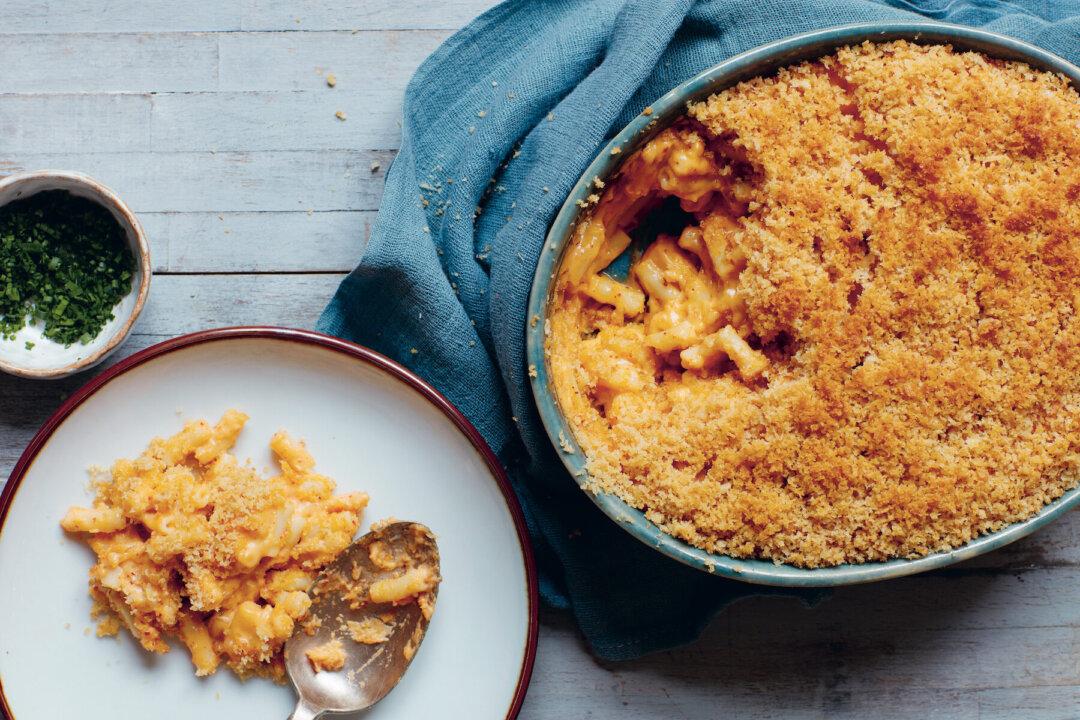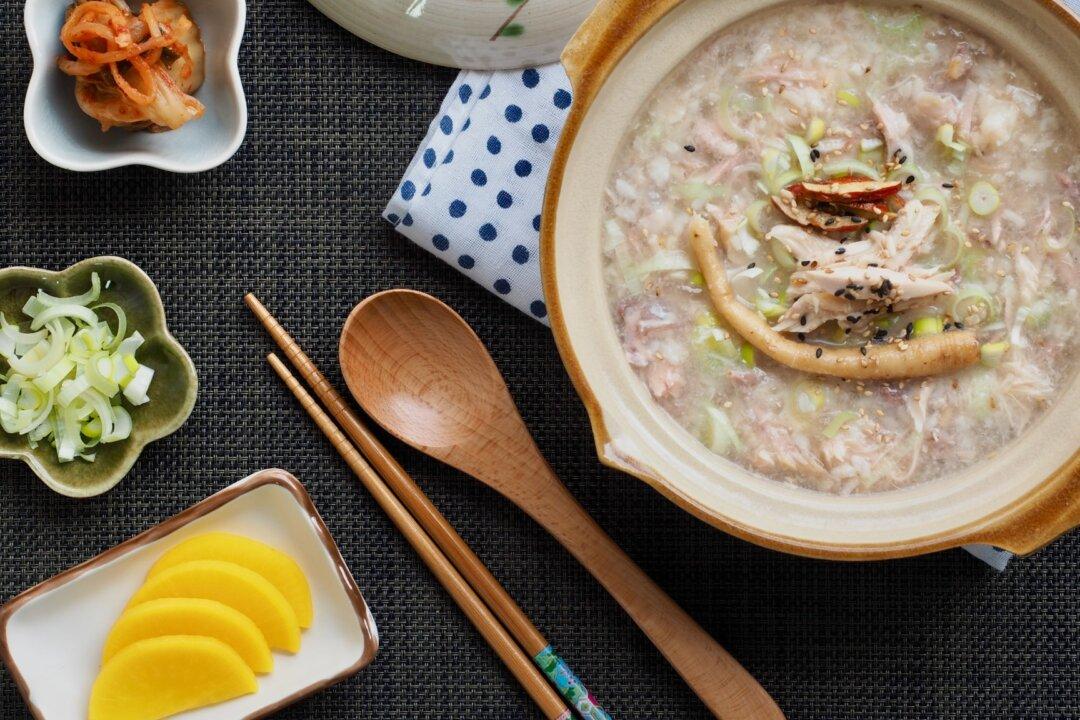Aside from barbecue, kimchi is probably the dish most synonymous with Korean cuisine. This fiery red, funky, fermented cabbage is on the table at every meal—breakfast, lunch, and dinner, 365 days a year. It is one of the cornerstones of Korean cooking, and Koreans consider it vital to their daily diet.
This recipe is an adaptation of the one we use at my restaurant, Jinjuu. Kimchi-making may look daunting, but don’t worry, it’s really very straightforward. You'll just need to have one or two very large bowls for the brining of the cabbage and a large container to ferment it in. Also,





